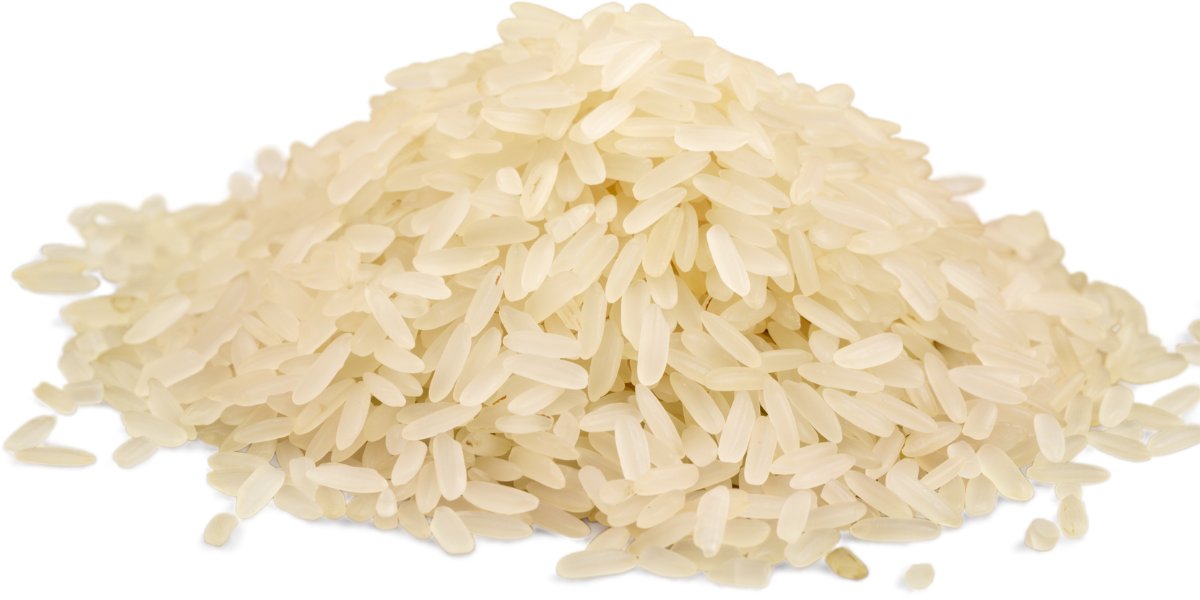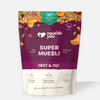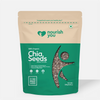
Vegan kitchen staples: Must-have ingredients for every plant-based cook

India is the best place on earth for vegan food.
While Indian cuisine may be internationally associated with indulgent dishes like butter chicken and paneer, the true essence of its magical flavours lies in its inherently plant-based ingredients.
Indian food is all about diversity, flavour, and delicious vegetarian foods. For hundreds and even thousands of years, staples like dal (lentils), kabuli chana (chickpeas), rice, and a colourful array of vegetables and fruits have formed the core of Indian cuisine.
In this blog post, we’ll lay out the essentials for an Indian vegan kitchen. You may be pleasantly surprised to discover that many of these staples are likely already in your kitchen!

Legumes and Pulses
Legumes and pulses are the backbone of Indian cuisine and a staple in any vegan kitchen. They are a good source of protein, fibre, B vitamins, phosphorus, zinc, and other essential nutrients. Some must-have legumes and pulses include:
- Chickpeas (Chana): Used in dishes like chana masala and falafel, chickpeas are incredibly versatile.
- Lentils (Dal): Yellow, green, or red lentils are essential for dal preparations, stews, and soups.
- Black Gram (Urad Dal): Urad dal is the star of dishes like dosa, idli, and urad dal tadka.
- Kidney Beans (Rajma): Ideal for rajma masala and a range of North Indian curries.
- Green Gram (Moong Dal): Used in moong dal tadka, khichdi, and sprouted for salads.
- Pigeon Peas (Toor/Tuvar Dal): Essential for South Indian sambar and Gujarati dal.
Each of these foods provide a delicious base for countless plant-based meals and can even be prepared in innovative ways for new dishes.

Grains
In an Indian vegan kitchen, a variety of grains form the foundation of meals. Here are the ones you need to have at hand at all times:
- Rice: Basmati rice for biryani and pulao, and brown rice for a healthier option.
- Wheat: Whole wheat flour for rotis (chapatis) and atta for various Indian bread.
- Quinoa: A protein-rich grain ideal for salads, pulao, or as a rice substitute.
- Millet: Popular millets like foxtail (kangni) and pearl (bajra) are gluten-free alternatives.
These grains serve as the primary sources of carbohydrates, filling out your meals and providing energy!

Spices and seasonings
What is Indian food without rich, aromatic spices? For your plant-based kitchen, these are the must-haves:
- Turmeric (Haldi): Tasty, contains anti-inflammatory properties, and has a vivid color.
- Cumin (Jeera): Essential for tempering and seasoning various dishes like chutney.
- Coriander (Dhania): Ground coriander is used in spice blends and curries.
- Mustard Seeds (Rai/Sarson): Common in pickles and tempering.
- Cinnamon (Dalchini): Used in both sweet and savory dishes.
- Cardamom (Elaichi): Adds a delicate fragrance to desserts and biryanis.
These spices bring depth and flavour that other spices can't!

Cooking oils
In place of butter and ghee, choosing the right oil is important. Here are some oils that work well:
- Mustard Oil: Common in Indian households, great for vegans too.
- Olive Oil: Ideal for Mediterranean and fusion dishes.
- Coconut Oil: Essential in South Indian and coastal cuisine.
- Sesame Oil (Til Oil): Used in Asian dishes.

Fruits & vegetables
If you're on a plant-based diet, there's no way around the fruits and vegetables. In the Indian context, these are staples you'll want to keep in larger quantities:
- Leafy Greens: Spinach (palak), coriander (cilantro), fenugreek leaves (methi), and amaranth greens (chaulai).
- Tomatoes: Integral for curries, sauces, and chutneys.
- Onions and Garlic: Two of the greatest words in the English language.
- Eggplant (Baingan): Essential for baingan bharta and other curries.
- Okra (Bhindi): Perfect for stir-fries and curries.
- Potatoes (Aloo): Versatile for sabzis, parathas, and samosas.
- Colourful fruits: Banana, apple, mango, watermelon, pomegranate, papaya, chikoo, and so many others.
Hungry and ready to try some recipes? Check out some of our recipes here!










Comments
Leave a comment